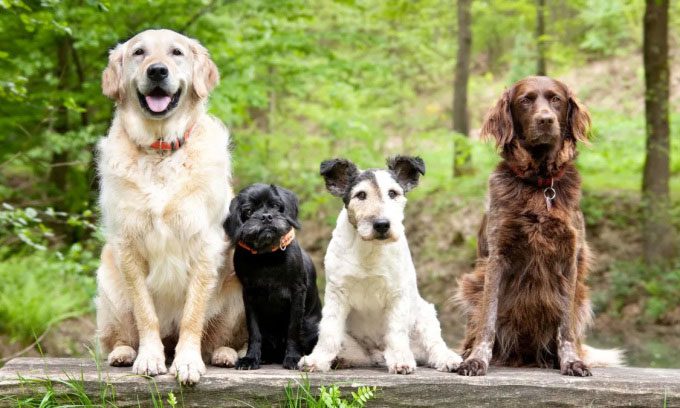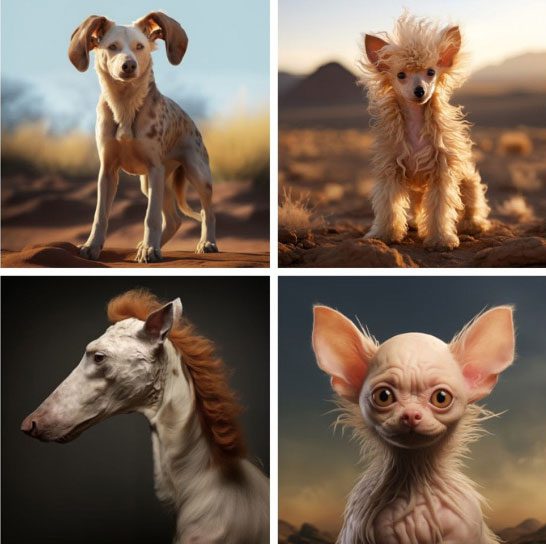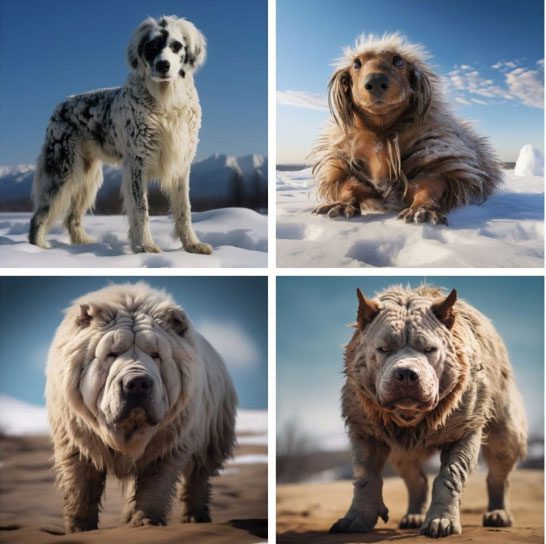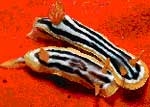Dogs may shrink in size if the world warms, while during an ice age, they will develop thicker fur.

Modern dogs come in various sizes and coat colors. (Photo: PK-Photos).
Modern dogs have evolved from wolves that were friendly towards humans. The exact time this relationship began is still debated within the scientific community, but such a sustainable relationship is unlikely to be disrupted in the future. So how will dog breeds evolve in the next 10,000 years?
Geneticists, in collaboration with veterinarian Ernie Ward at Basepaws, a pet genetic testing company in California, USA, are predicting their future changes, as reported by Interesting Engineering on November 23. Ward proposed two possible scenarios: one in which global warming becomes more severe and another where Earth enters an ice age. Advances in artificial intelligence (AI) help generate simulations quickly based on data provided by experts.
Global Warming

Illustration of poodle, golden retriever, greyhound, and Pomeranian breeds if global warming continues. (Photo: Basepaws)
Global climate changes will affect how humans care for and feed dogs. Ward suggests that scarce resources during this period will lead to dogs reducing their body mass. Smaller bodies will require less food and energy, thereby making cooling easier. Reducing skin surface area will also provide the added benefit of protecting dogs from harmful ultraviolet radiation. In some cases, dogs may develop darker skin tones.
Increased temperatures will also cause dogs to shed fur. If temperatures become excessively high, dogs may even become more nocturnal, developing larger heads and ears to keep their bodies cool. If water becomes scarce, they might also alter their metabolism to survive longer without needing additional water.
Ice Age

Illustration of Dalmatian, bull terrier, dachshund, and English mastiff breeds if global temperatures drop. (Photo: Basepaws).
If temperatures drop and the world enters a new ice age, it is easy to predict that dogs will develop thicker, denser fur to stay warm. Ward notes that scientists are uncertain whether lower temperatures will cause dogs to decrease or increase in body size. Regardless of the scenario, dogs will increase their body fat, serving as a reserve energy source.
Interestingly, dogs might develop wolf-like traits again with stronger muscles—a necessary factor for running and hunting. However, in a worst-case scenario, these wolf-like traits could lead to competition with humans for food and shelter.





















































